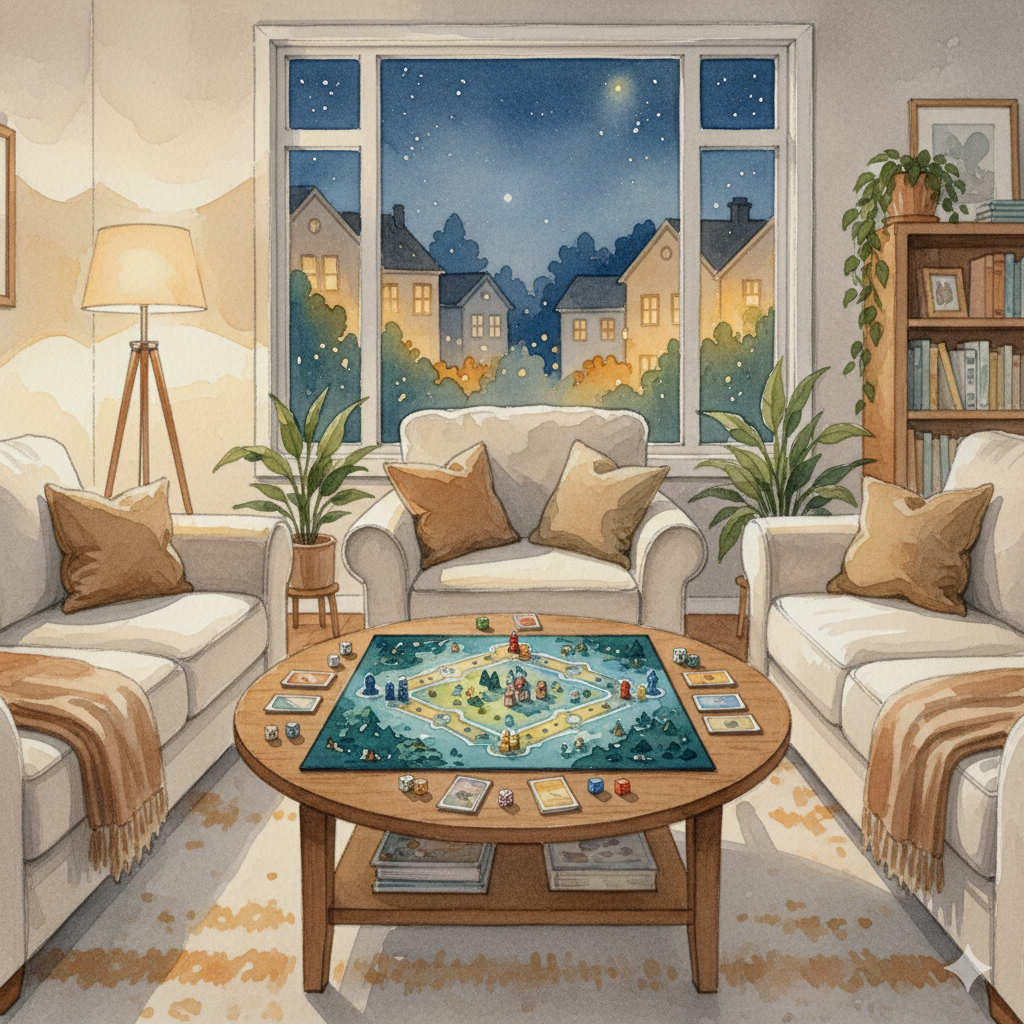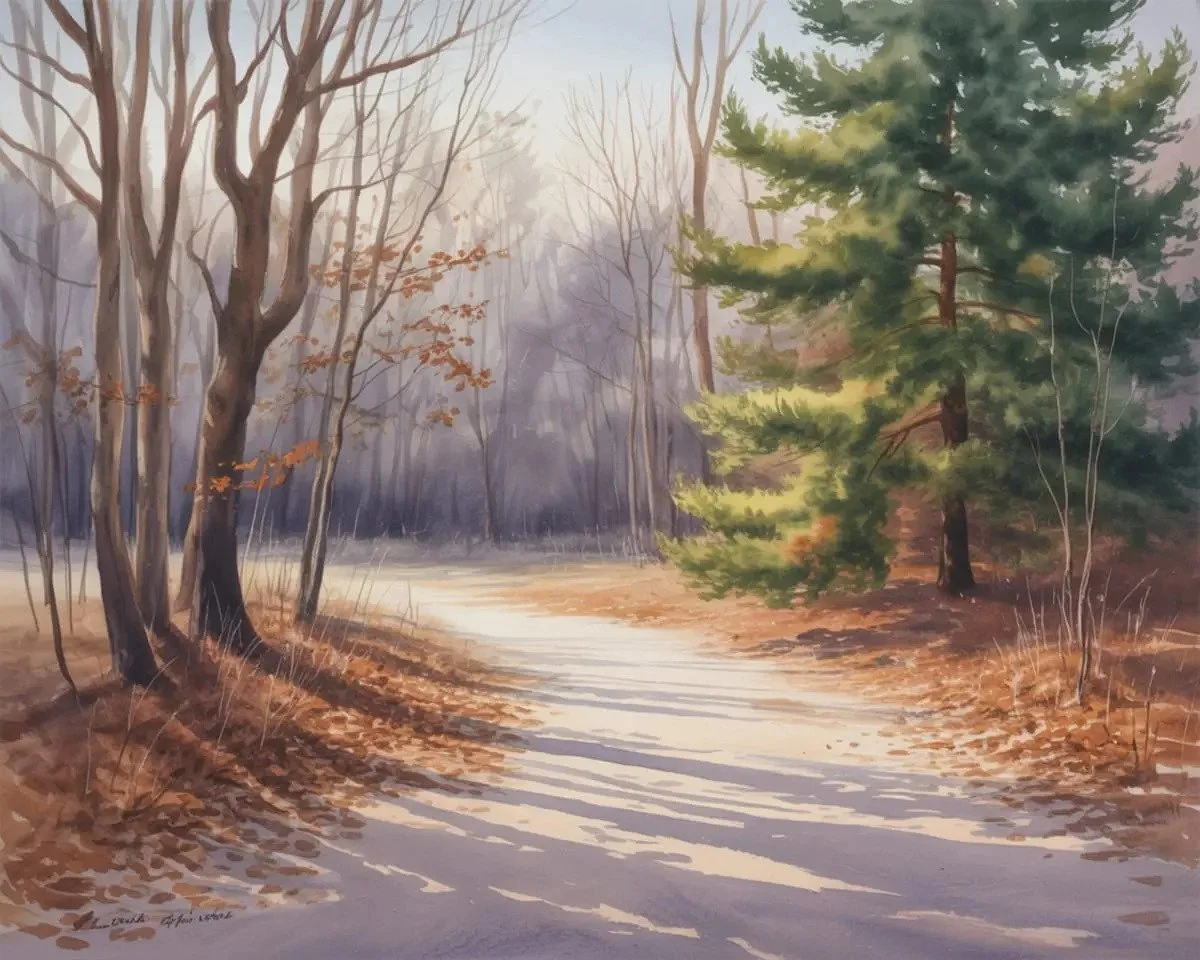How to Diwali
Growing up, Diwali was the literal and figurative brightest time of the year for me. Not because of the fireworks or the lights, though there were plenty of both. But because of something quieter, something steadier. A sense of belonging. A sense of rhythm. Ritual.
There were certain rituals that only came alive once a year. Decorating the house with candles and diyas, stringing decorations by hand, and helping in the kitchen with foods we never made at any other time of the year.
Sweets that filled the home with their comforting scent before they ever reached a plate. The ritual of getting dressed, not just in new clothes but in the anticipation it brought. Staying up late, gathering in rooms full of conversation and laughter, sometimes skipping school the next day. None of it seemed extraordinary then. It was just what we did.
But now, looking back, I see how much of what mattered could be found in the repetition. And how ritual, in its own way, etched memory into feeling for me.
A ritual often begins as something ordinary. A gesture, a moment, an object. Lighting a flame. Sharing a meal. Cleaning a home. But done with care, and done again, it becomes something more. It becomes a way to remember. A way to feel anchored in who we are and where we come from. The power lies not in the act, but in the asking: what does this mean, and what does it remind me to feel?
Diwali marks the Indian New Year, a symbolic turning of the page. It’s described as the Festival of Lights, a celebration of good over evil, of light over darkness. But these emotions aren’t just ancient, they’re current. Darkness today feels less mythical and more personal. It looks like burnout. Numbness. Loneliness. Disconnection. In this context, lighting a candle isn’t just a tradition. It becomes something else. A soft declaration that warmth is possible. That we still choose to gather, to care, to see light where it's hard to find.
For a long time, I believed rituals were inherited. That they came pre-shaped by culture, by family, by history. But what I’ve come to understand is that while we may inherit the forms, what we’re really passing on is the feeling. The values. The spirit. Some rituals remain untouched because they still resonate. Others are softened, or even set aside. And some are entirely remade.
This has become more real recently, in the quiet practice of building a shared life with my partner in Lisbon. Two sets of stories, two ways of doing things, gently converging. And a chance not to replicate someone else’s ritual, but to create our own, together. To preserve the essence without feeling confined by the shape. To ask: what do we want to feel? How do we want to celebrate? And what expressions feel honest to us, here and now?
There’s freedom in that. And also a quiet responsibility. To be intentional. To craft not only celebrations, but rhythms. The little things count more than they seem. A morning coffee. A walk on Sundays. A pause before the day begins. A journal entry that no one else will read. These too are rituals. Repeated gestures, not of productivity, but of presence. Not to escape the world as it is, but to meet it more fully, and with care.
This Diwali, I feel myself holding the past and the present together. Remembering a childhood version of myself who lit sparklers and watched the candles burn late into the night. But also noticing a quieter flame now. That of curiosity. Of gratitude. Of partnership. And with it, a simple question: what does this moment want to express through me?
Not every answer is clear. But that’s never really the point. The ritual is not the answer. It’s how I listen, to something deeper.
And that is how I learned to Diwali.





